Lepidosiren: formally - a fish. In fact, it’s something completely different (10 photos)
This humble fish demonstrates the legendary process of life emerging onto land. It has grown lungs, its fins have turned into full-fledged limbs, and it can live from several days to a year without water! When biologists first studied this creature, they were absolutely sure that they had found a transitional link from fish to amphibians! Meet the American scaly-sided fish or lepidosiren! 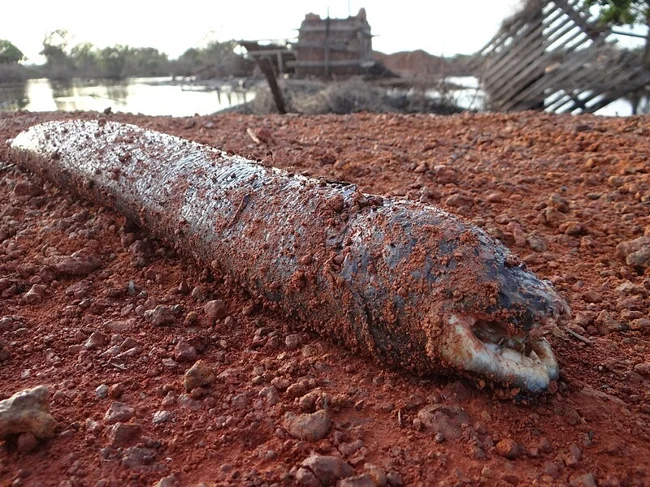
The American scaly-sided fish has decided to re-tread the path from water to land not alone, but in a large company. He has Kents all over the world: in Africa - protopters and polypterans, in Australia - horntooths. Scientists have classified them all in a common group - lungfish. Lepidosiren himself lives throughout the Amazon basin and slightly - in the upper tributaries of the Parana. On his continent, he is the only one who decided to repeat the feat that fish once accomplished 370-360 million years ago! 
Where are the hands, where are your hands?
The appearance of the scaly-faced is not very remarkable: a long body, flattened on the sides, a blunt muzzle, a brown-gray color. In South America, every first fish looks like this. But when scientists first looked at the rich inner world of our hero, they were, to put it mildly, shocked. They expressed the whole range of mixed feelings in the Latin name: Lepidosiren paradoxa - which means "paradoxical scaly amphibian". The first thing that struck the researchers was, of course, the lungs. Lepidosiren made them from swim bladders. The walls of the organs are tightly braided with capillaries, due to which gas exchange occurs. The lungs of all terrestrial vertebrates work on the same principle. 
No need to carry me into the water! I want to breathe fresh air!
To breathe fresh air, the fish rises to the surface, sticks its snout out of the water and takes a "sip", releasing excess air through its gills. This is very important when you live in overpopulated muddy waters, where oxygen is worth its weight in gold. The ability to breathe atmospheric air becomes even more important when the reservoir dries up completely. This is where the real fun begins. 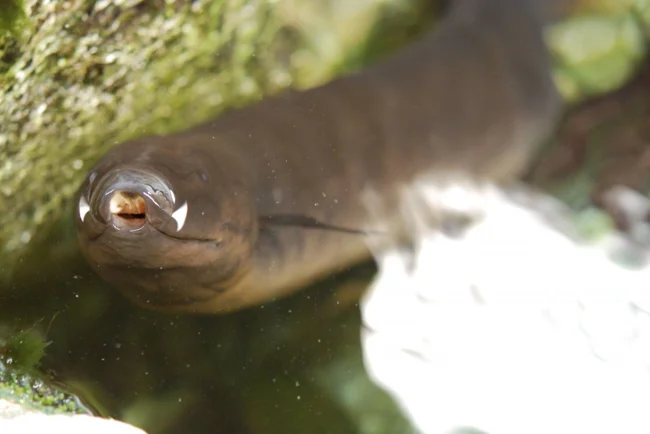
Inhale, exhale, and we're back playing our favorite...
The water level drops, the muddy bottom is gradually exposed, and the scaly-sided fish digs a hole for itself. This is a kind of storage chamber, where the fish will hibernate and completely switch to pulmonary breathing instead of combined gill-pulmonary. The hole consists of a "bedroom" and an air chamber, closed with a ground plug. To keep from drying out, the fish are hampered by a mud cocktail of wet soil, water, and their own mucus. Curled up in three deaths underground, the fish waits for the rainy season to bring the reservoir back to life. And she can wait from several months to a year! 
Stop rolling me in spices, I'm still alive!!!
The second thing that surprised biologists is the circulatory system. All fish have only one. Most animals on land have two: large (venous) and small (arterial). And the scaly-sided fish has 1.5! It's all about the structure of the heart. Unlike other fish, the lepidosiren has a chambered heart. Venous blood enters one part of the heart, and arterial blood enters the other. But there is no full-fledged partition between them, so the two types of blood mix with each other. It turns out that the lepidosiren has a transitional form! 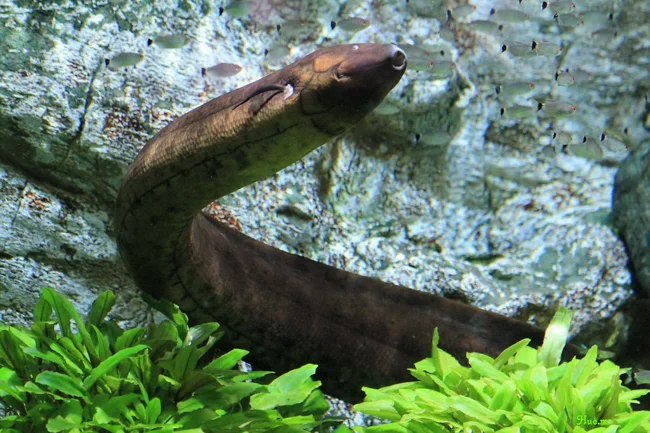
Due to their unpretentiousness, scaly-sided fish live well in aquariums. However, you can’t put them in a jar — they grow up to 1.2 meters!
Another feature that has left biologists stunned is the bones of the limbs. The fins of the scaly-sided fish look like dangling ropes. But anatomists, having examined their structure, were amazed at how much they resemble the paws of land animals! To understand what the point is, you need to understand what the fundamental difference is between the fins of fish and the paws of your favorite cat. The fins of most fish are built according to the following principle: at the base, there are many, many bones from which rays emerge. The anatomy of the limbs of land animals is different. At the base is the humerus. After that, there are two bones: the ulna and the radius. Attached to them are many small bones of the hand from which the fingers grow. It does not matter which limb you take: a bird's wing, a human hand, a horse's hoof, a whale's flipper, or a frog's paw. They will all obey the same rule of construction. 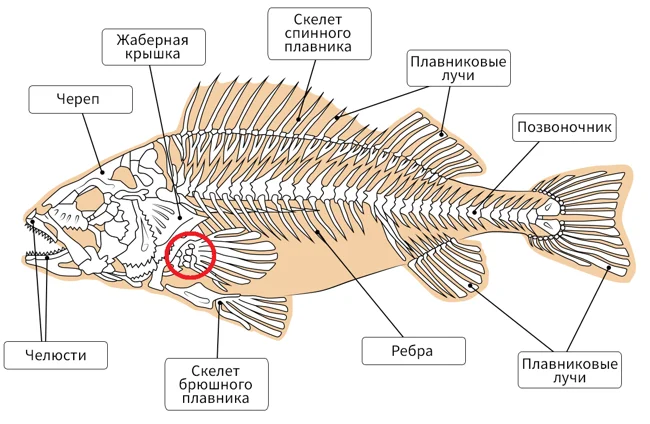
Pay attention to the pectoral fins of the fish. There are many small bones at the base. 
No matter which limb you take, under the scalpel of an anatomist they will all be the same!
So, the fins of lepidosirenians are no different from the fins of other fish on the outside. But they are built on the principle of land paws: at the base of their limb is a single bone! That very one, the humerus! 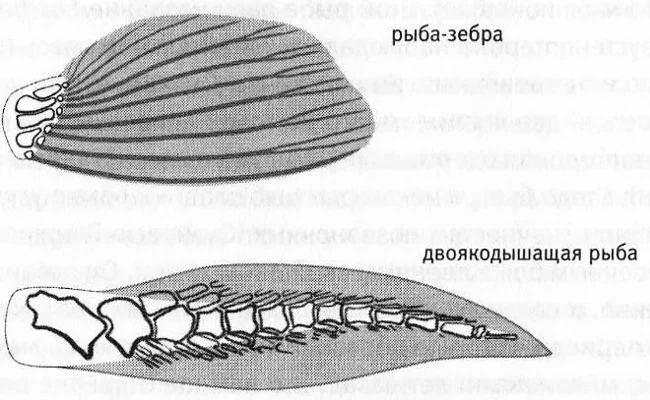
The difference in the structure of the fin of a common fish and a lungfish.
As you can see, scaly-finned fish are truly paradoxical in their structure. So much so that for a long time scientists considered them to be a surviving transitional link between fish and amphibians. But an analysis of the family tree showed that everything is even more interesting! 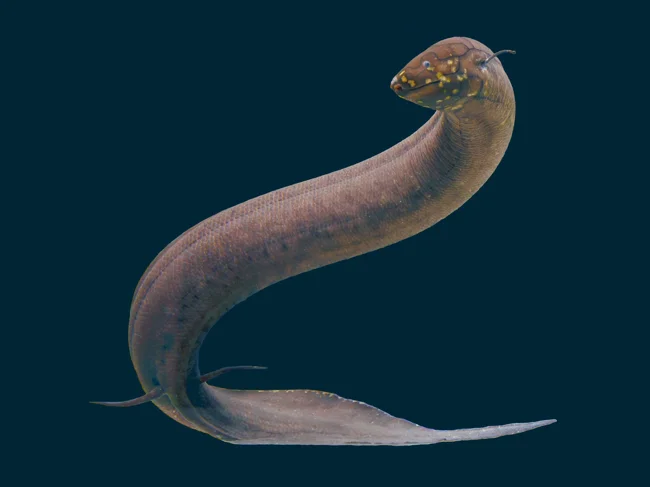
Hi, I came to pose and break your brain. As you can see, I've already struck a cool pose!
Lungfish are the closest living relatives of tetrapods among all fish. Only our ancestor with them died out more than 400 million years ago. The ancestors of modern animals began to come out onto land 20-30 million years later. It turns out that scaly-footed fish and company are not the surviving ancestors of frogs and newts, but a parallel related group - like crocodiles and dinosaurs. That is, all those features that are developing in them now appeared a second time, independently of the animals that have already come out of the water! In fact, we are witnessing repeated evolution!






























